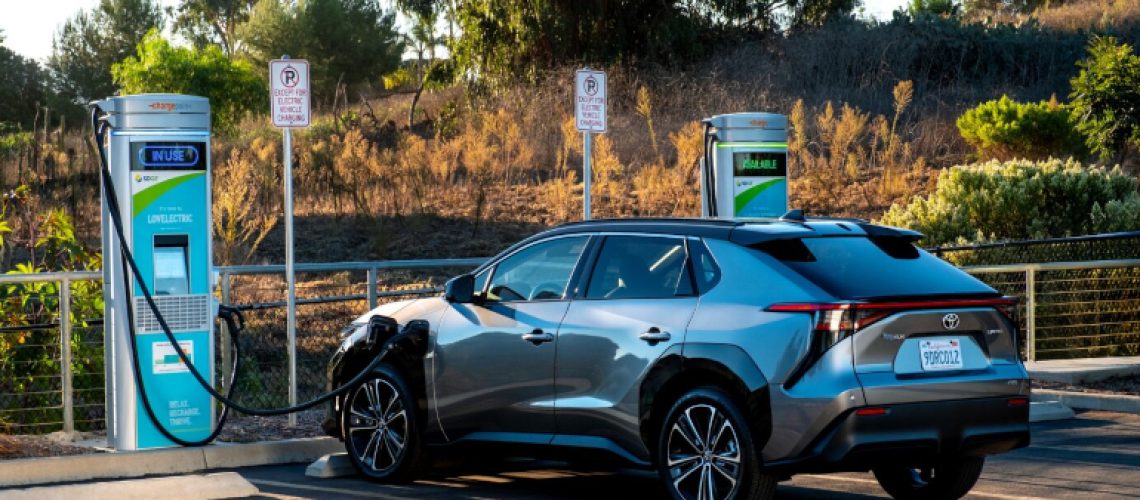Toyota
The Distributed Renewable Integration and Vehicle Electrification (DRIVE) Act (H.B. 1256) was passed by the Maryland General Assembly on April 2 and is now poised to modernize the state’s energy management and grid preparedness. Advanced Energy United, a national business association representing over 100 businesses including transmission developers, electric vehicle (EV) manufacturers and charging infrastructure providers, gave written testimony in support of the legislation to the House Economic Matters Committee earlier this month.
“The DRIVE Act shows that Maryland is serious about getting its electric grid ready for an electrified future,” said Nick Bibby, Maryland State Lead for Advanced Energy United. “This legislation will help residents and businesses tap into the unique capabilities of clean energy resources and electric vehicles to lower energy costs and support the resiliency of the electric grid.”
At the heart of the DRIVE Act is a provision that creates a first-of-its-kind bidirectional EV charging program, which could make Maryland a national leader in harnessing the energy provided by EV batteries. The program would require the Public Service Commission to put forward new regulations by May 2025, aimed at allowing EVs to not only draw power from the grid, but also supply electricity back, effectively turning EVs into mobile energy storage units.
The law would make Maryland the first state in the nation to require electric utility companies to allow these ‘vehicle-to-grid’ systems to interconnect to the state’s electric distribution network. The law also requires electric utility companies to implement pilot programs that pay the owners of EVs with bidirectional charging for helping to bolster grid reliability, incentivizing the development and deployment of technologies that contribute to grid support and efficiency.
Additionally, the DRIVE Act would allow for the creation of virtual power plants (VPPs). VPPs are networks of small energy-producing or energy storage devices, such as EVs, heat pumps and solar and energy storage systems, that can be pooled together to inject power into the grid at peak times, further increasing Maryland’s energy resiliency.
“This program will not only support EV adoption, but it will also improve grid flexibility and resilience, a key consideration as EV usage continues to rise,” added Bibby. “Thank you to the General Assembly for its continuing work to prepare Maryland’s grid for an EV future.”
The legislation also expands use of “time of use” electric rates, letting Maryland residents charge EVs during off-peak hours (when electricity demand across the grid is less), reducing strain on the grid and lowering costs for customers. The DRIVE Act now heads to Gov. Wes Moore’s desk for signature.
News item from Advanced Energy United



